A Guide to IVF with Gender Selection in Mexico for Canadians
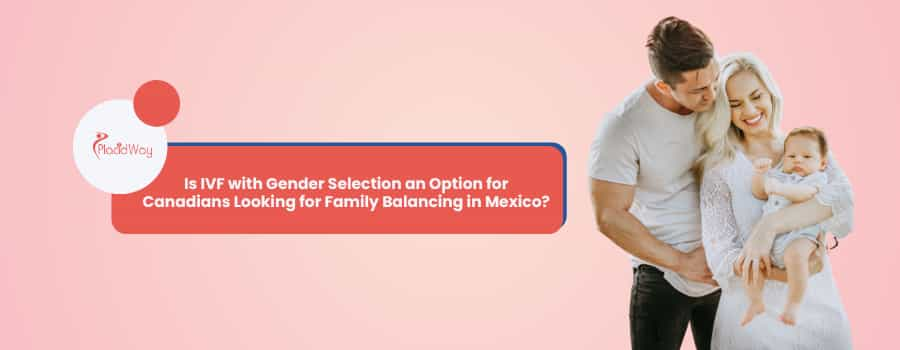
For many Canadian couples, the dream of having a child of a specific gender to balance their family is a deeply personal one. However, due to legal restrictions in Canada, this dream can often feel out of reach. This is where medical tourism to Mexico comes into the picture. Mexico has become a leading destination for Canadians seeking IVF with gender selection, a procedure that allows parents to choose the sex of their child. This is primarily because the practice is legal in Mexico, and the costs are significantly lower than in countries where it is permitted, such as the United States. If you're a Canadian considering this path, you likely have a lot of questions. Is it safe? What are the costs? What does the process involve? This guide is designed to answer all of those questions and more, providing you with a comprehensive overview of what to expect when pursuing IVF with gender selection in Mexico for family balancing.
The journey to parenthood is unique for everyone, and for those who desire a specific gender for their next child, the options can seem limited. While Canada's Assisted Human Reproduction Act prohibits sex selection for non-medical reasons, Mexico offers a legal and accessible alternative. This has led to a growing number of Canadians traveling south of the border for fertility treatments. The combination of high-quality medical care, experienced specialists, and significant cost savings makes Mexico an attractive option. In this blog post, we'll delve into the specifics of IVF with gender selection, explore the legal landscape, break down the costs, and provide you with the information you need to make an informed decision about whether this is the right path for your family.
What is IVF with Gender Selection?
In a standard IVF cycle, eggs are retrieved from the mother and fertilized with sperm in a laboratory to create embryos. These embryos are then transferred to the uterus with the hope of achieving a pregnancy. IVF with gender selection adds an extra step to this process. After the embryos are created, a few cells are carefully removed from each one and tested to determine their genetic makeup. This testing, known as PGD or PGS, can identify the sex of the embryo (XX for female, XY for male) as well as screen for any chromosomal abnormalities.
Once the sex of each embryo is known, the intended parents can choose which embryos to transfer. For couples seeking family balancing, this means they can select an embryo of the desired gender to be implanted. This technology offers a nearly 100% success rate in choosing the sex of the child, making it a highly effective option for those with a strong preference for a boy or a girl.
Why is Gender Selection for Family Balancing Not Allowed in Canada?
The Canadian government has taken a firm stance against sex selection for social or personal reasons, citing ethical concerns and the potential for gender discrimination. The law is in place to prevent the use of reproductive technologies to choose a child's sex based on preference, which some argue could lead to an imbalance in the population and devalue one gender over the other. The only exception to this rule is when there is a risk of a serious sex-linked genetic disease. In such cases, PGD can be used to select an embryo of the sex that would not be affected by the disorder.
This legal restriction is the primary reason why so many Canadians look to other countries, like Mexico, for family balancing options. While the law in Canada is clear, the desire for families to choose the gender of their children remains, leading them to seek out legal and safe alternatives abroad.
Is IVF with Gender Selection Legal in Mexico?
Mexico has become a hub for medical tourism, in part because of its more permissive laws regarding assisted reproduction. Unlike Canada, the UK, and many other countries, Mexico allows fertility clinics to offer gender selection services to both local and international patients. This has made it a popular destination for couples from all over the world who are seeking to balance their families.
The legal environment in Mexico is favorable for those seeking IVF with gender selection, but it's still important to choose a reputable clinic. While the procedure is legal, the country lacks a single, overarching national regulatory body for assisted reproduction. However, many top clinics are internationally accredited and adhere to the highest standards of medical care, ensuring a safe and ethical process for all patients.
What is the Cost of IVF with Gender Selection in Mexico?
The cost of IVF with gender selection in Mexico can vary depending on the clinic, the specific services included in the package, and the individual needs of the patient. However, even at the higher end of the price range, the cost is still considerably lower than in many Western countries. This affordability is a major draw for Canadians and other international patients.
When comparing costs, it's important to understand what is included in the price. A typical package for IVF with gender selection in Mexico will usually include:
- Initial consultations and medical assessments
- Ovarian stimulation medications
- Egg retrieval procedure
- Fertilization and embryo culture
- Preimplantation Genetic Diagnosis (PGD) for sex selection
- Embryo transfer
- Follow-up appointments
It's always a good idea to get a detailed cost breakdown from the clinic before committing to a treatment plan. This will help you avoid any unexpected expenses and ensure that you are getting the best value for your money.
Cost Comparison: Mexico vs. USA and Canada
| Country | Average Cost of IVF with Gender Selection (USD) |
|---|---|
| Mexico | $8,000 - $15,000 |
| United States | $20,000 - $30,000+ |
| Canada | Not legally available for family balancing |
How Do I Choose a Fertility Clinic in Mexico?
With so many clinics to choose from, it can be overwhelming to decide where to go for treatment. Here are some factors to consider when selecting a fertility clinic in Mexico:
- Accreditation and Certifications: Look for clinics that are accredited by international organizations, such as the Joint Commission International (JCI). This ensures that the clinic meets high standards of safety and quality of care.
- Experience and Expertise: Research the doctors and medical staff at the clinic. Look for specialists who have extensive experience in IVF with gender selection and a proven track record of success.
- Success Rates: Ask the clinic for their success rates for IVF with gender selection. While success rates can vary, a reputable clinic will be transparent about their outcomes.
- Patient Reviews and Testimonials: Read reviews from previous patients to get an idea of their experiences with the clinic. This can provide valuable insights into the quality of care and customer service.
- Communication: Choose a clinic with staff who are fluent in English and can communicate clearly with you throughout the entire process. Good communication is key to a positive experience.
What is the Process for Canadians Undergoing IVF in Mexico?
The journey begins with an online or phone consultation with a fertility specialist in Mexico. During this consultation, you will discuss your medical history, your family balancing goals, and the details of the treatment plan. Once you have decided to proceed, you will travel to Mexico for the IVF cycle. This usually involves a stay of two to three weeks, during which you will undergo ovarian stimulation, egg retrieval, and embryo transfer.
After the embryo transfer, you will need to rest for a few days before traveling back to Canada. Your clinic in Mexico will provide you with instructions for follow-up care, which will typically be managed by your local doctor in Canada. This will include a pregnancy test about two weeks after the embryo transfer and ongoing prenatal care if the treatment is successful.
What are the Success Rates of IVF with Gender Selection?
It's important to distinguish between the success rate of the gender selection itself and the success rate of the IVF procedure. The PGD technology is extremely accurate, so you can be confident that the embryo transferred will be of the desired gender. The chance of a successful pregnancy, however, is influenced by several factors:
- Age of the woman: A woman's age is the single most important factor affecting IVF success rates. Younger women tend to have higher success rates.
- Ovarian reserve: The quantity and quality of a woman's eggs can impact the outcome of the IVF cycle.
- Sperm quality: The quality of the sperm used to fertilize the eggs is also a crucial factor.
- Uterine health: The health of the uterus is important for successful implantation and pregnancy.
Your fertility specialist in Mexico will be able to give you a more personalized assessment of your chances of success based on your individual circumstances.
What are the Risks of IVF with Gender Selection?
While IVF with gender selection is generally considered safe, it's important to be aware of the potential risks. OHSS is a rare but serious complication that can occur when the ovaries overreact to the fertility medications. The risk of multiple pregnancies (twins or more) is also higher with IVF, although this can be managed by transferring a single embryo.
The emotional toll of fertility treatment can also be significant. The process can be stressful and emotionally draining, so it's important to have a strong support system in place. When traveling to Mexico for treatment, there are also the added considerations of medical tourism, such as navigating a foreign healthcare system and being away from home. However, by choosing a reputable clinic and preparing thoroughly, you can minimize these risks and have a positive and successful experience.
What is PGD and How Does it Work?
The PGD process begins after the eggs have been fertilized and the embryos have developed for a few days. A highly skilled embryologist will use a laser and a microscopic glass needle to carefully remove one or two cells from each embryo. These cells are then sent to a genetics lab for analysis. The genetic material (DNA) of the cells is examined to identify the sex chromosomes (XX for female, XY for male) and to check for any chromosomal abnormalities.
The results of the PGD test are usually available within 24 hours. This allows the fertility specialist to select the healthiest embryos of the desired gender for transfer. PGD is a powerful tool that not only enables family balancing but also helps to increase the chances of a healthy pregnancy by screening for genetic problems.
Are There Alternatives to PGD for Gender Selection?
MicroSort is a preconception method, meaning it is done before the egg is fertilized. The process involves staining the sperm with a fluorescent dye and then using a flow cytometer to separate the X- and Y-bearing sperm. The sorted sperm can then be used for either intrauterine insemination (IUI) or IVF. While MicroSort is not as accurate as PGD, it still significantly increases the chances of conceiving a child of the desired gender. The success rate for selecting a female is around 90%, while the success rate for selecting a male is around 75%.
It's worth noting that some clinics in Mexico are licensed to offer MicroSort, providing another option for couples seeking family balancing. Your fertility specialist can help you decide which method is best for you based on your individual circumstances and goals.
How Long Do I Need to Stay in Mexico for the Treatment?
The length of your stay will depend on your individual treatment plan, but a typical timeline looks something like this:
- Initial consultation and testing: 1-2 days
- Ovarian stimulation: 10-14 days
- Egg retrieval: 1 day
- Fertilization and embryo development: 3-5 days
- Embryo transfer: 1 day
- Rest and recovery: 2-3 days
Many clinics in Mexico are experienced in working with international patients and can help you with travel arrangements and accommodations. They understand the logistics of medical tourism and will work to make your stay as comfortable and stress-free as possible.
What Should I Expect During My Initial Consultation?
The initial consultation is an important first step in your journey. It's an opportunity for you to get to know the doctor and the clinic, and for the doctor to assess your suitability for the treatment. You can expect the consultation to include:
- A review of your medical history and any previous fertility treatments.
- A discussion of your reasons for seeking gender selection.
- A detailed explanation of the IVF and PGD process.
- An overview of the costs and success rates.
- An opportunity to ask any questions you may have.
The consultation can usually be done remotely via video call, which is convenient for international patients. This allows you to get all the information you need before you commit to traveling to Mexico.
Can I Combine a Vacation with My Treatment in Mexico?
Turning your medical trip into a "fertility vacation" can be a great way to relax and de-stress during what can be an emotionally charged time. The beautiful beaches, warm weather, and vibrant culture of Mexico can provide a welcome distraction from the rigors of IVF treatment. Many clinics are located in resort areas, making it easy to enjoy some downtime before and after your appointments.
However, it's important to remember that the primary purpose of your trip is your medical treatment. Be sure to follow your doctor's instructions carefully and avoid any activities that could compromise the success of your cycle. Rest and relaxation are key, especially after the embryo transfer.
What are the Ethical Considerations of Gender Selection?
For those who support gender selection, the argument is often centered on personal autonomy and the right to make choices about one's own family. They believe that if the technology exists to help them achieve their desired family composition, they should have the right to use it. Many see family balancing as a way to enhance their family life and bring them joy.
On the other hand, critics of gender selection worry about the potential for societal harm. They are concerned that it could lead to a preference for one gender over the other, which could have long-term demographic consequences. There are also concerns about the commodification of children and the idea of creating "designer babies" with specific traits. Ultimately, the decision to pursue gender selection is a deeply personal one, and it's important to consider all sides of the issue before making a choice.
Ready to explore your options for IVF with gender selection in Mexico? Explore PlacidWay for solutions related to medical tourism and to connect with top-rated fertility clinics in Mexico.


.png)

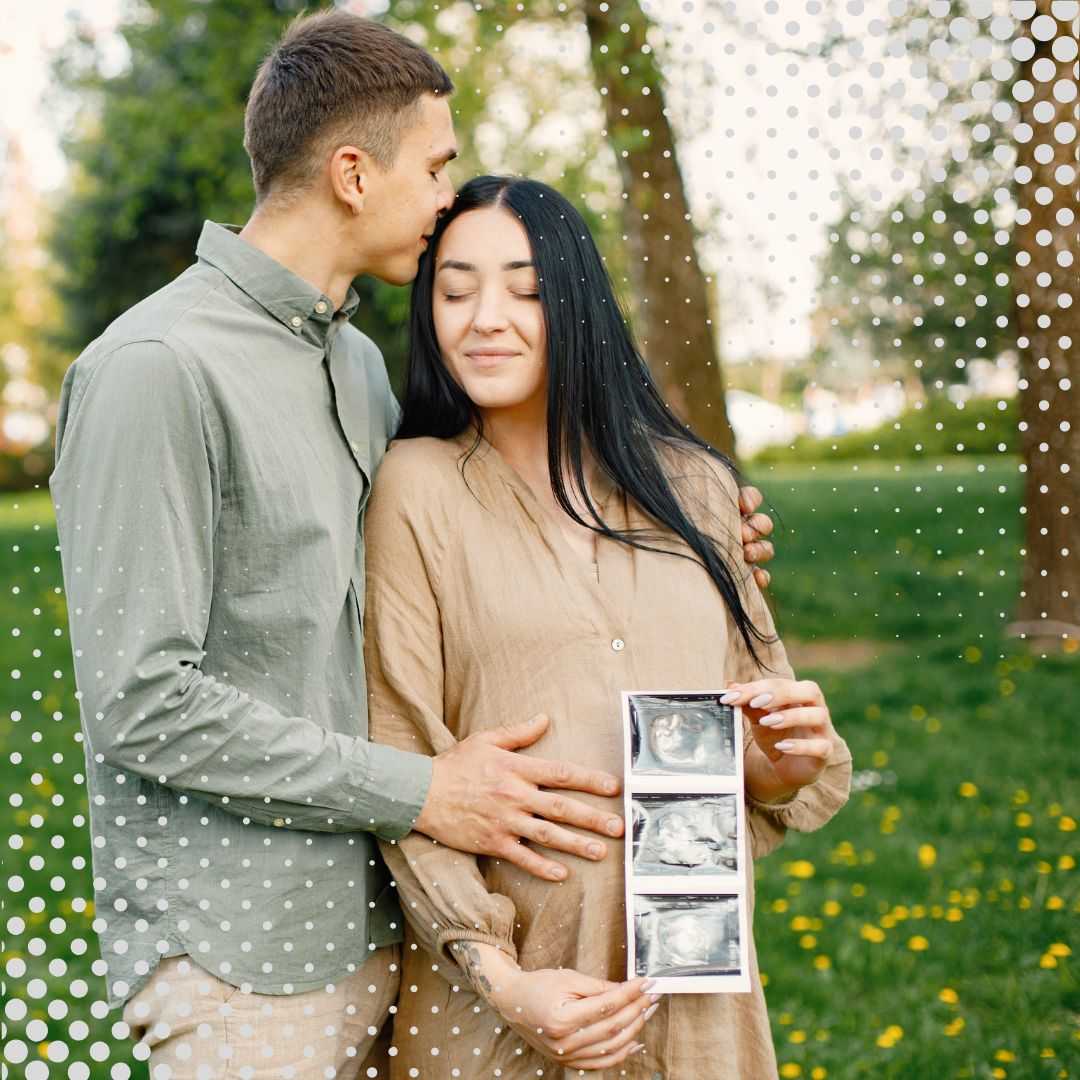
.png)
.png)
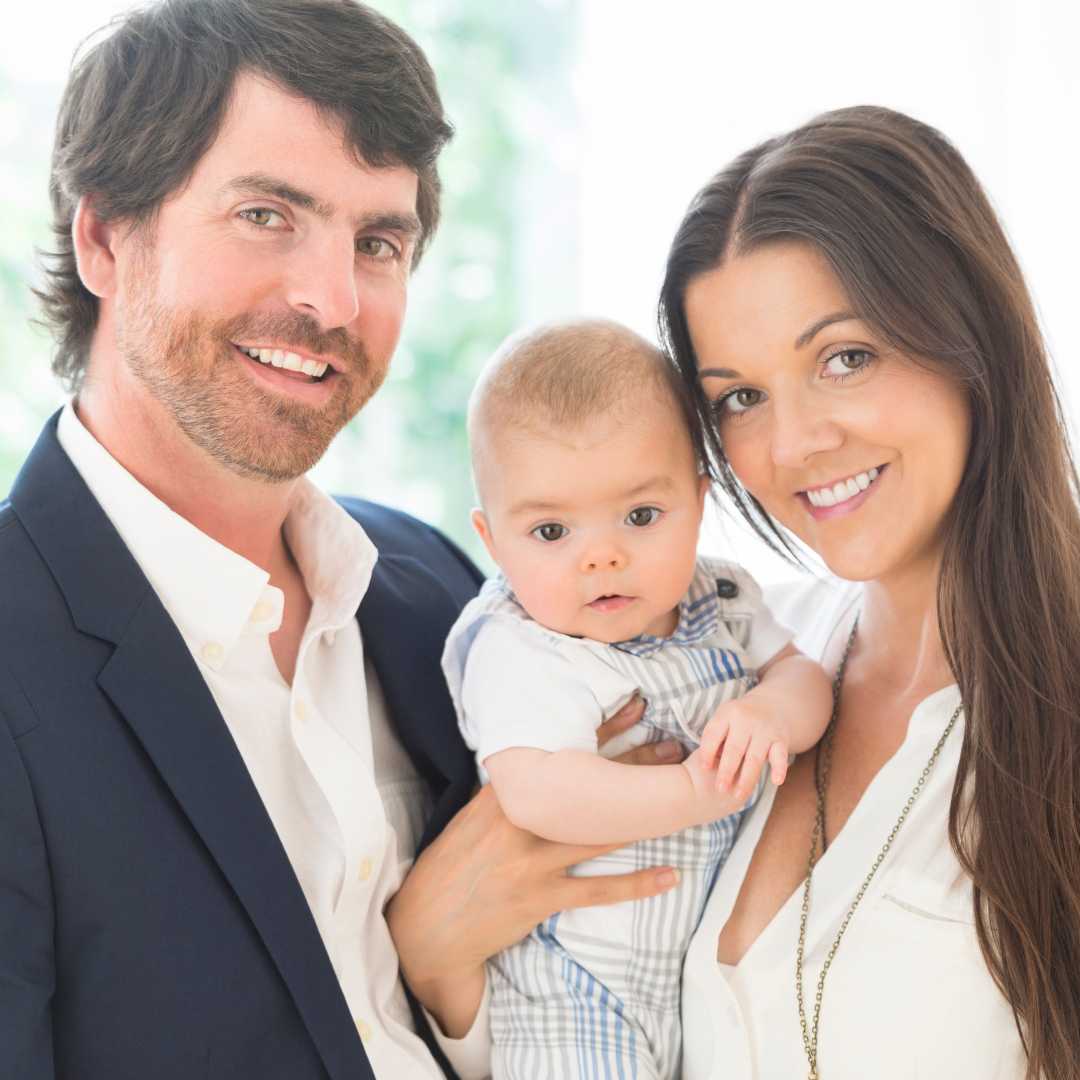
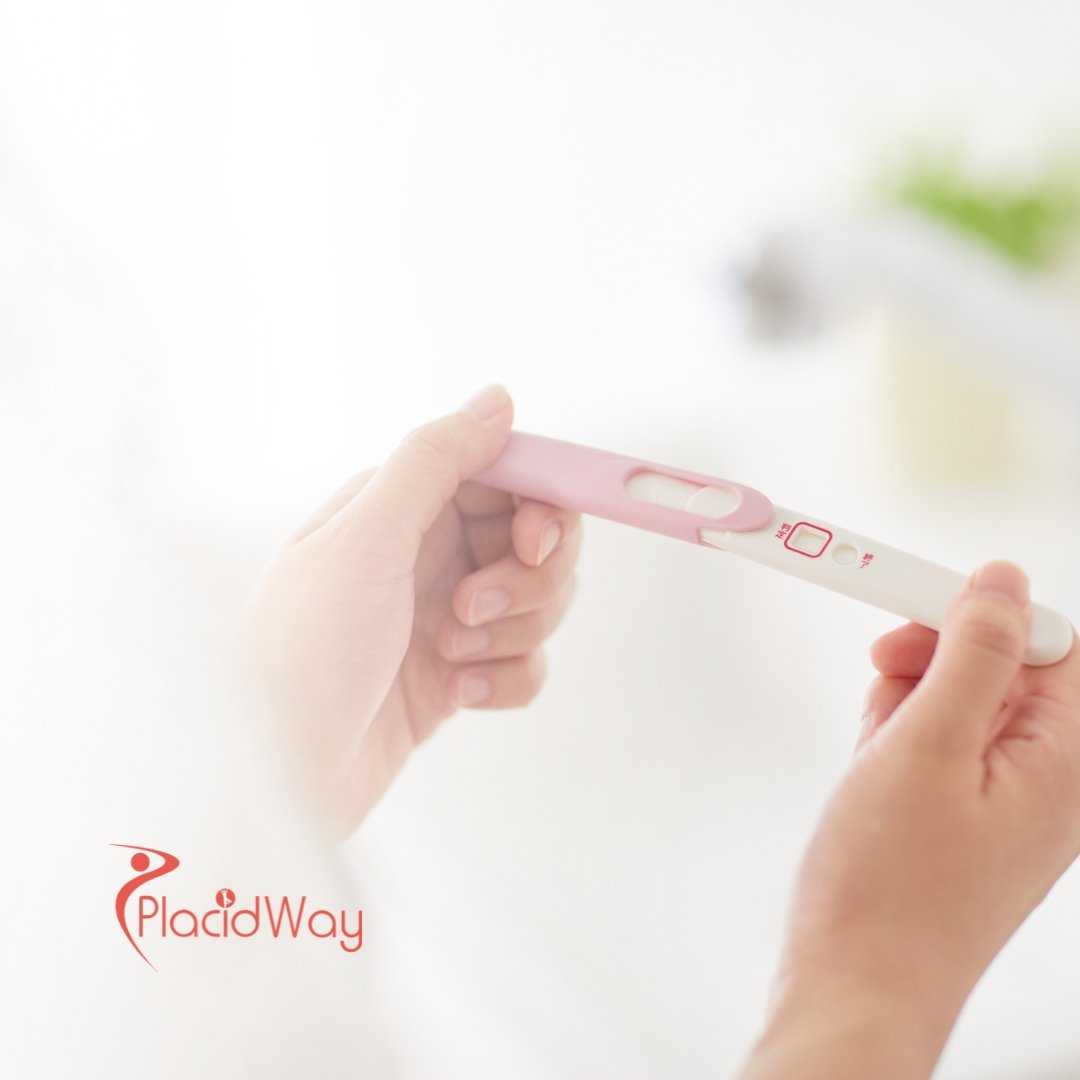
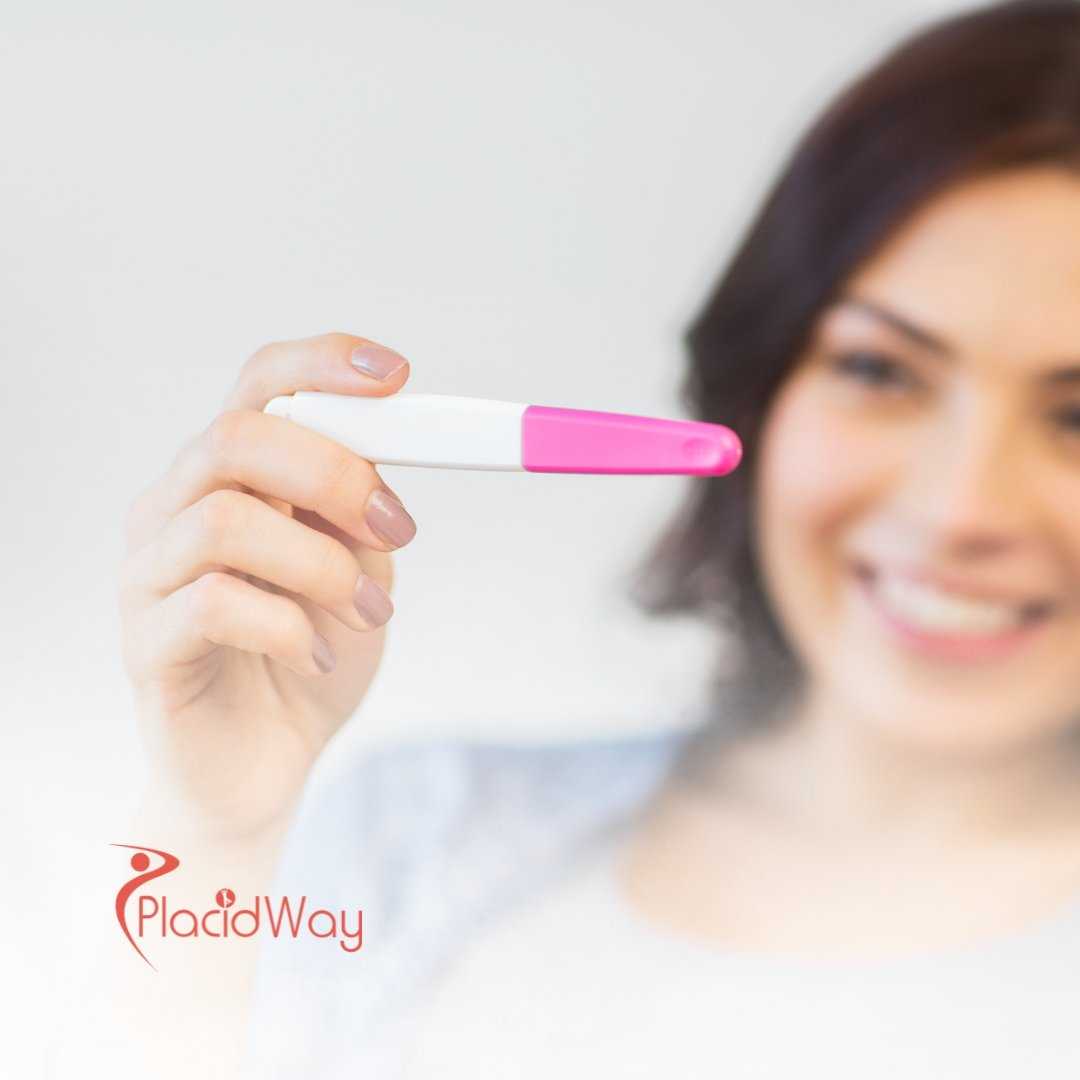
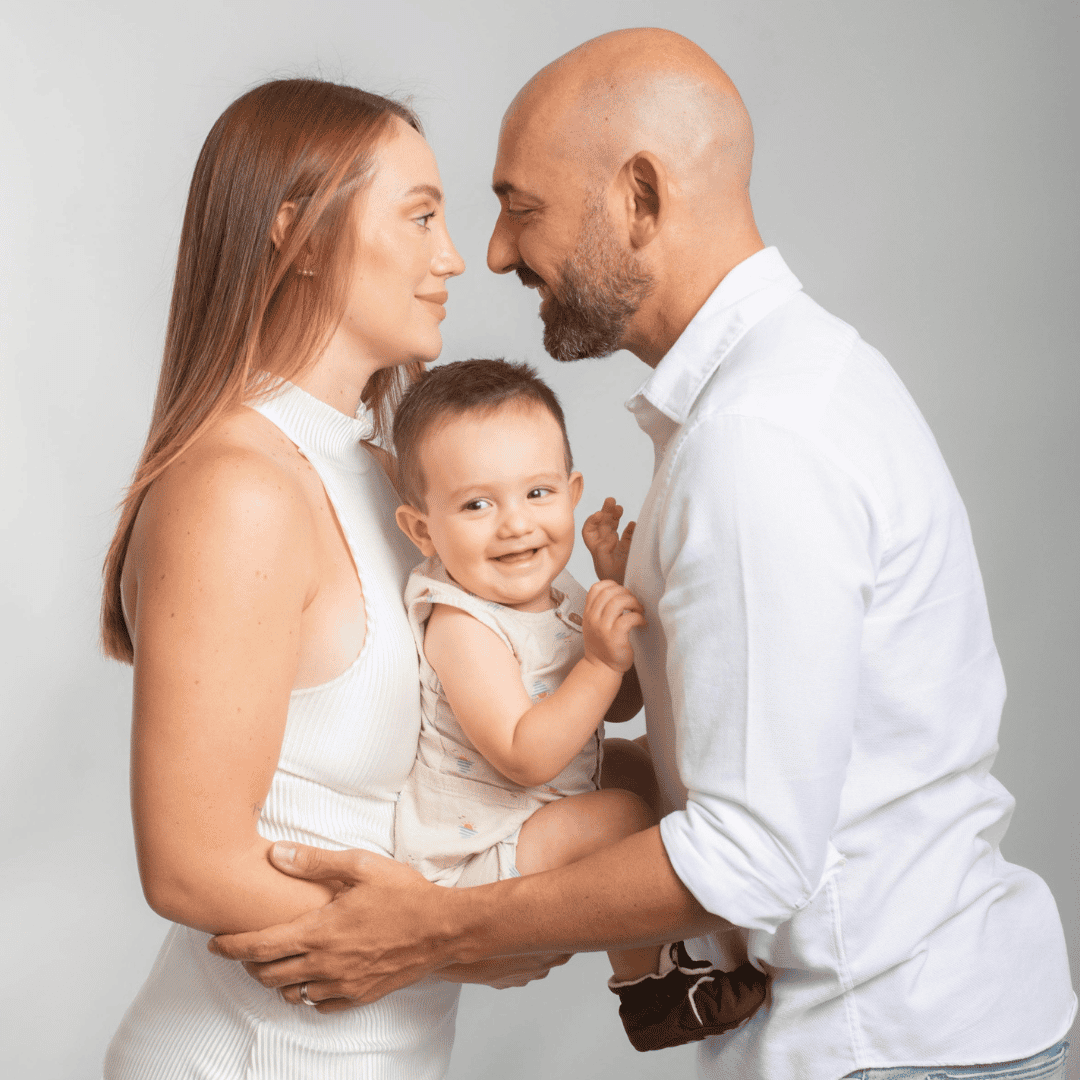
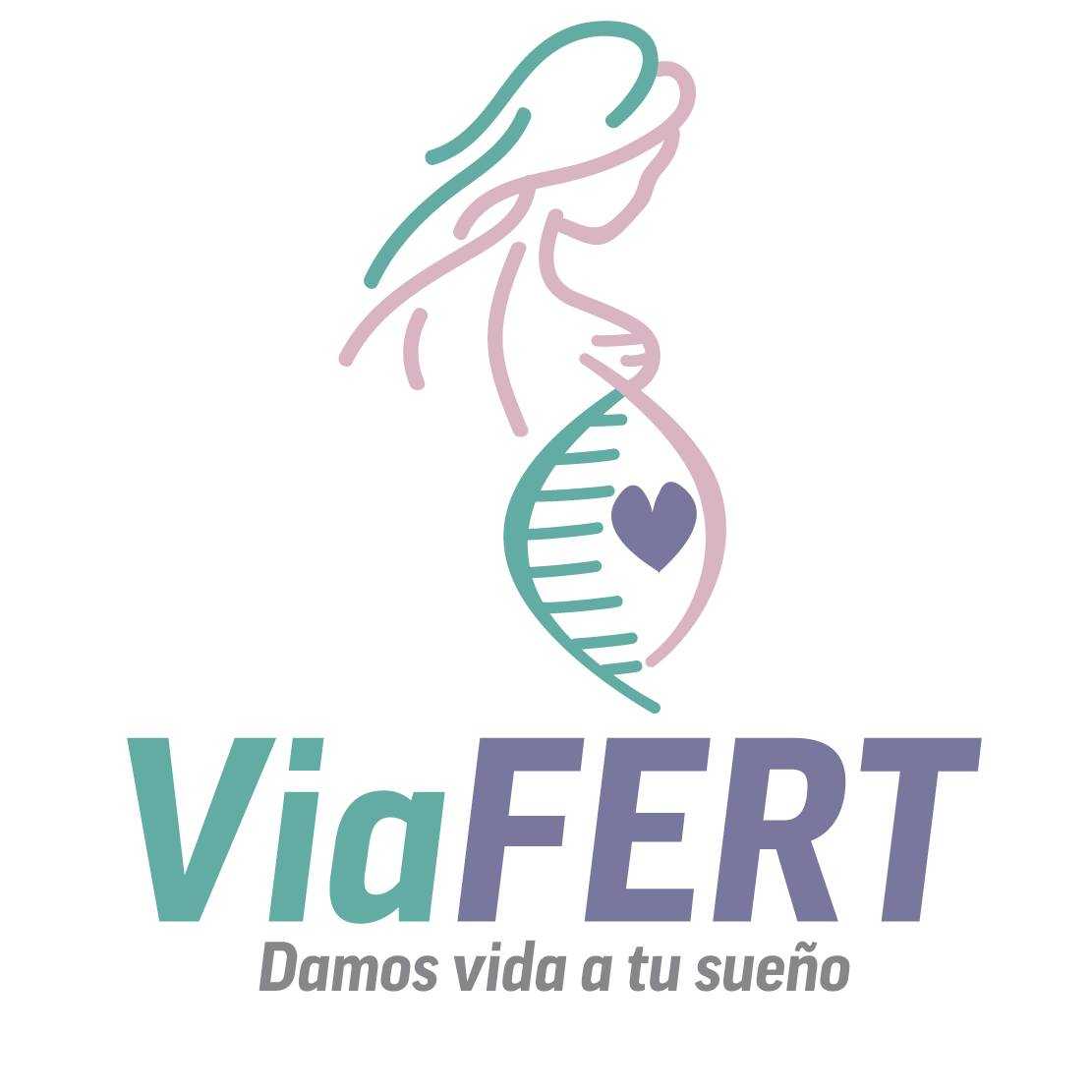
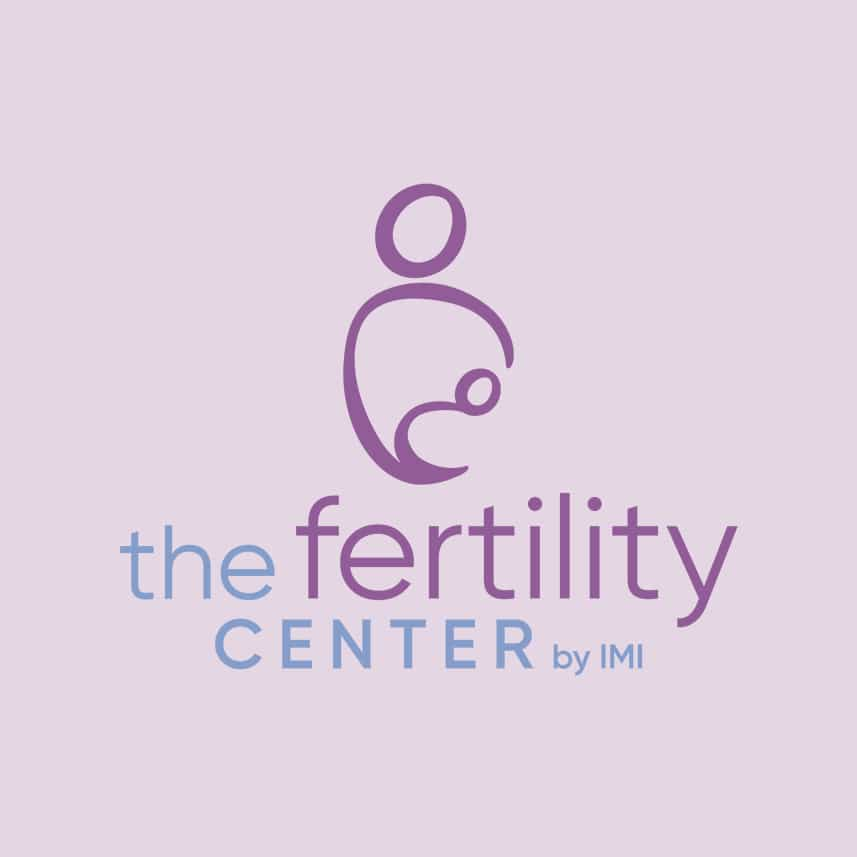


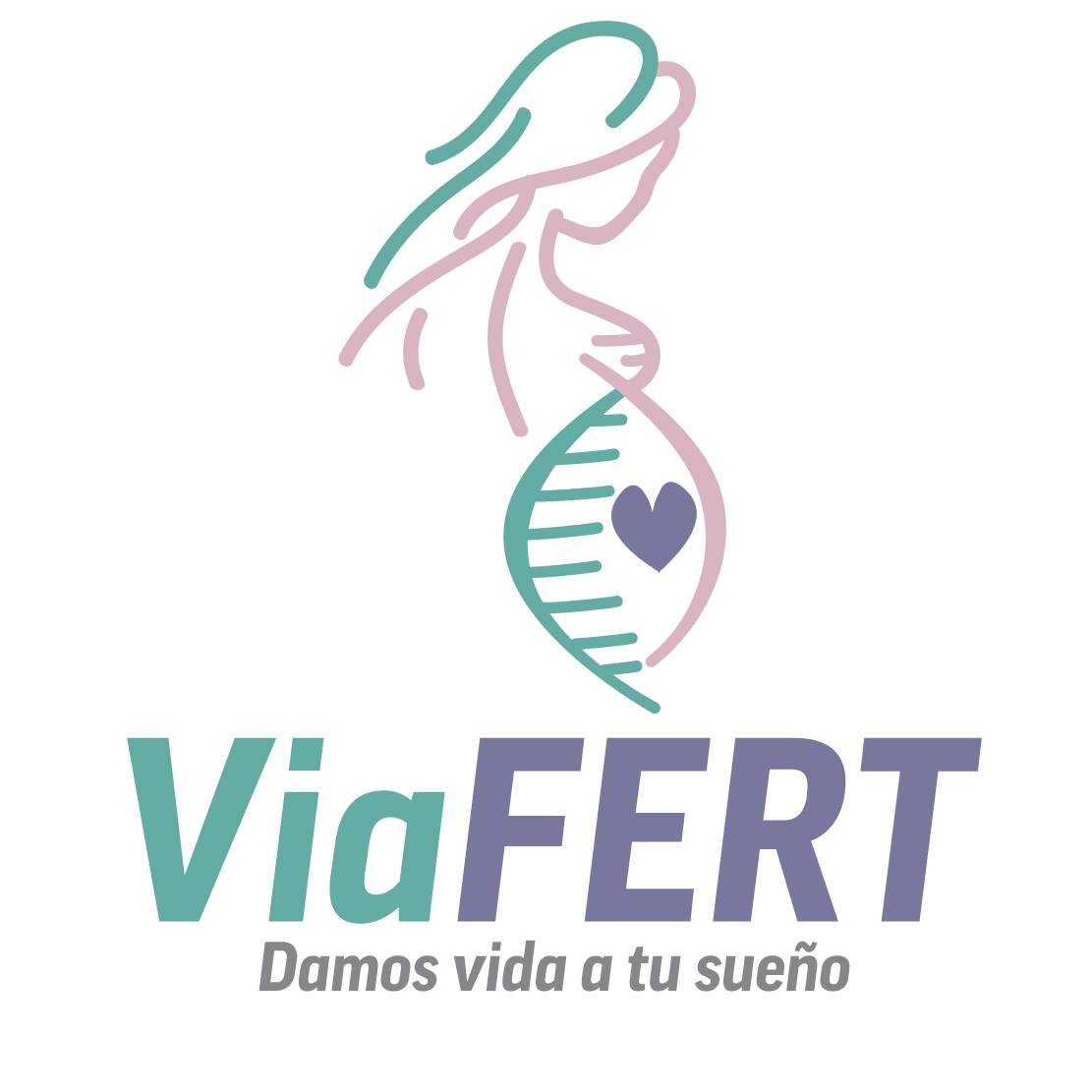

Share this listing